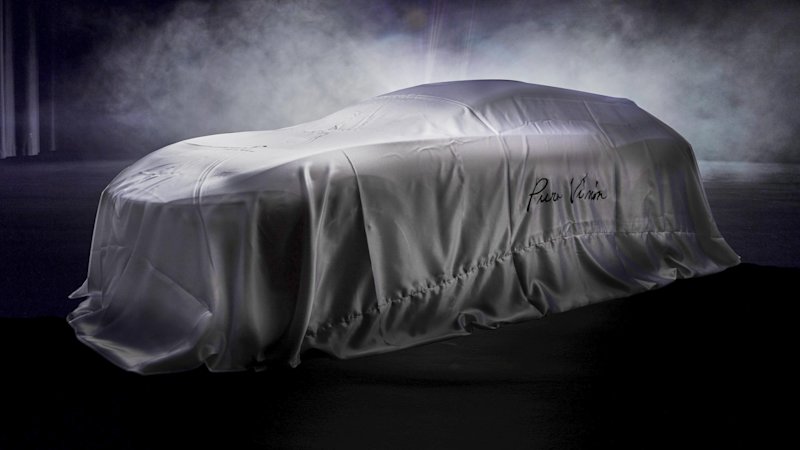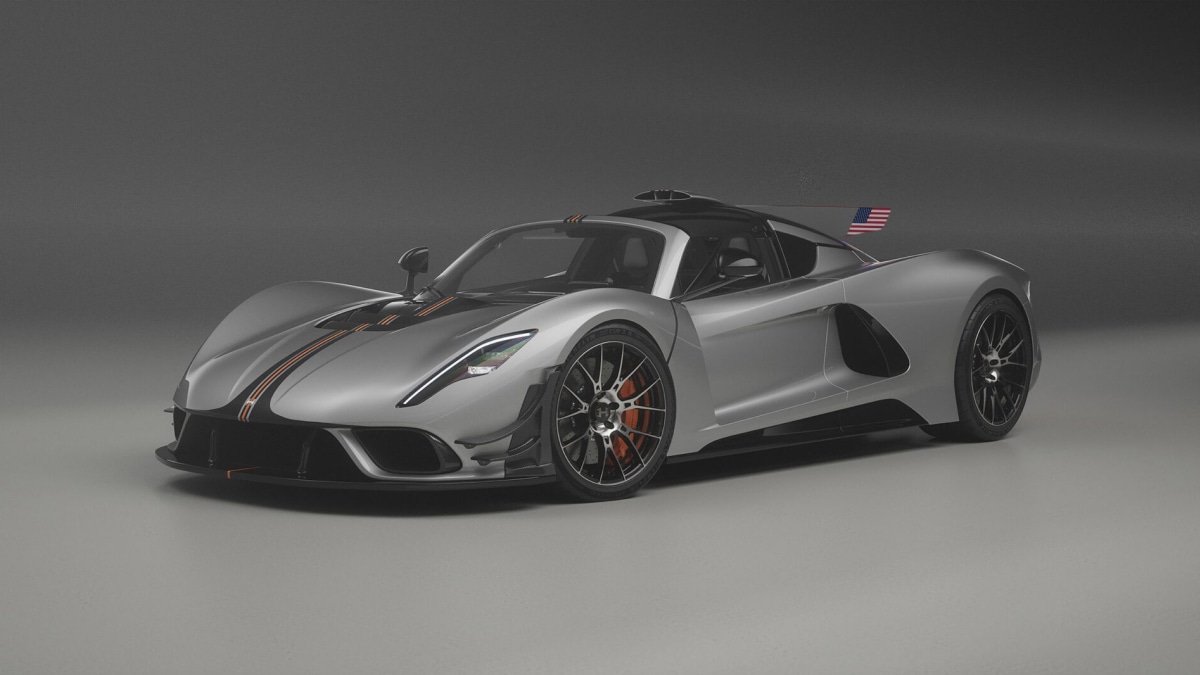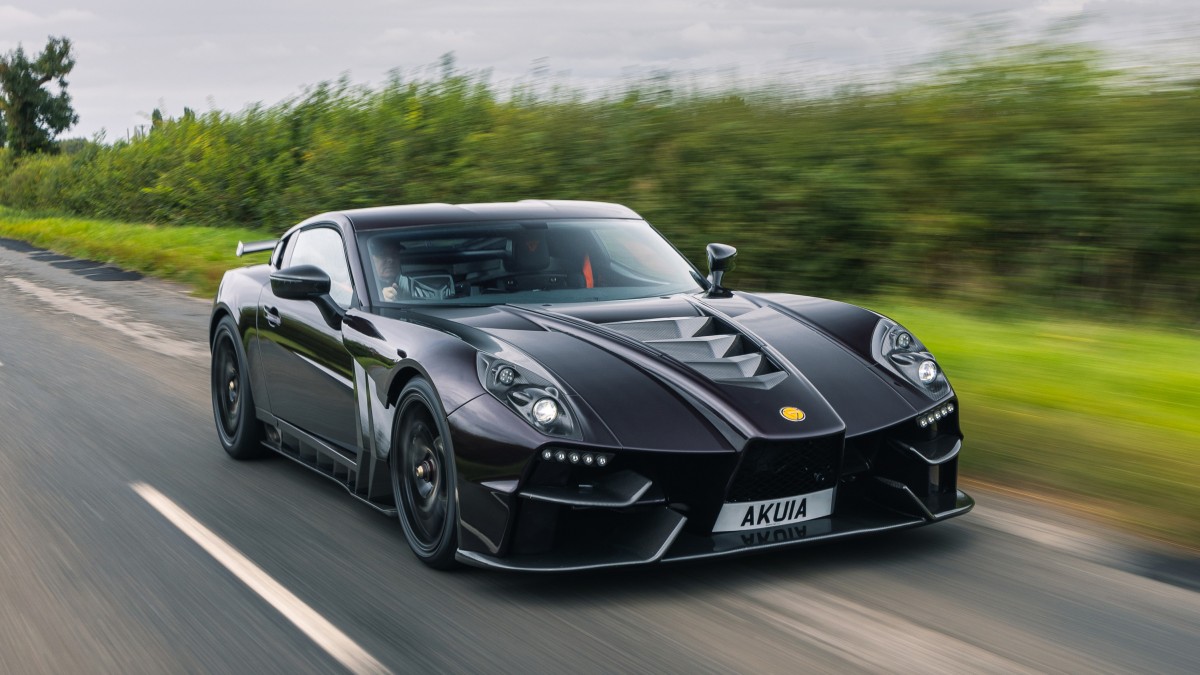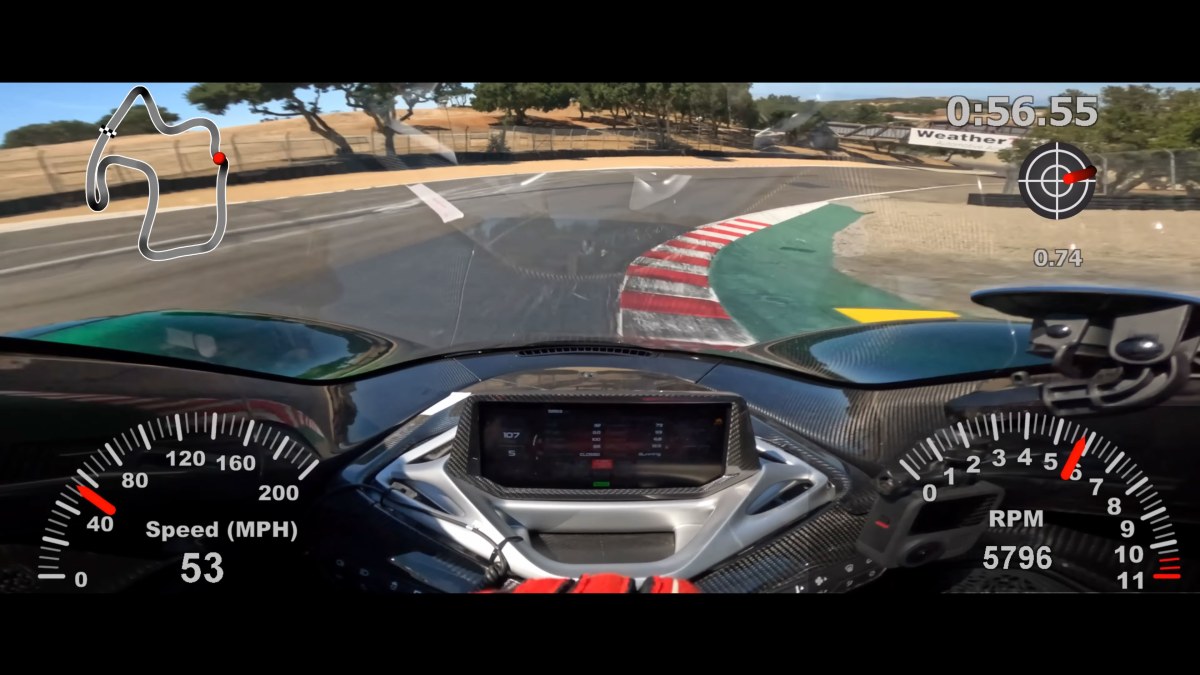TURIN, Italy — Today, at its headquarters near Turin, Automobili Pininfarina unveiled for an exclusive group of reporters’ eyes only, a concept that very firmly presages its next production vehicle.
The boutique electric automotive subsidiary of famed coachbuilder and design consultancy Pininfarina Spa wowed attendees at the Geneva Motor Show last year with its $2.5 million, battery-powered hypercar, the Battista, and promised, back then, that more models were forthcoming. This concept, the Pura Vision, is an ultra-luxury, ultra-potent, four- or five-passenger SUV that is meant to combine the sportiness of the Lamborghini Urus with the five-door grand-touring shooting-brake practicality of the Porsche Panamera SportTurismo at a price that slots in above both of them but below that of more extortionate high-riders like the Rolls-Royce Cullinan. It thus has in its competitive SUV sights on offerings like the forthcoming Aston Martin DBX and Ferrari Purosange. Pricing wasn’t revealed, but we’re expecting something in the mid- to high- $200,000s range.
The Pininfarina’s unique selling proposition is two-fisted. First, as one would expect from an Italian company that spent many decades as the designers for Ferrari, is design. Though we were strictly forbidden from sharing images of the vehicle, we can attest to its stunning and unique shape. More than 16.5 feet long, and quite broad, the aluminum-skinned SUV features a blunt and grille-less front end, minatory slits of narrow headlamp, a surprisingly long hood given its engineless-ness, tucked-in Coke bottle flanks, rear-hinged “suicide” rear doors, extremely muscular haunches that mimic the flared and spatted rear wheels of the Battista, a fastback rear, and protruding razor thin taillights.
“We wanted to get rid of designs that are messy, and go back to basics with great proportions,” says Automobili Pininfarina head of design Luca Borgogno, referring to the elongated GT-inspired dash-to-axle ratio and short rear overhang of this sporting form. “And the SUV shape is great because, when you think of the EV platform, with the battery pack down low, it’s simpler to integrate in a higher riding vehicle. You can still be super-fast, and deliver some all-terrain capability with the ride height. It’s a perfect mixture.”
True to the second half of its name, the Pura Vision also has a fully glass roof, inspired in part by the bubble-topped Superflow concepts Pininfarina created for Alfa Romeo in the middle of the past century. Of course, in the contemporary case, the glass is ultra strong, undergridded by supports, and self-darkening. “It encloses you so much while surrounding you in this glass teardrop,” Borgogno tells us. “It links you with the environment, connecting you with the idea of sustainability.”
In fact, sustainability, or something like it, is the Pura Vision’s other significant attribute. Built on a new platform that will also underpin future Pininfarina automobiles, it hosts a battery pack large enough to produce 1,000 hp, powering what promises to be a hefty chunk of vehicle from 0-60 mph in fewer than 3 seconds on the way to a top speed of over 180 mph, whilst providing a claimed 550 km (340 miles) of range. Putting all of this power to the Pura’s Pirelli P-Zeros — mounted, to stunning effect, on gigantic 26-inch wheels — is accomplished with a quartet of torque vectoring electric motors. And, in case you were still wondering about its sporting, go-anywhere, grand touring intentions, it has carbon ceramic brakes and a 46/54 front/rear weight distribution, just like the Ferrari GTC4Lusso.
The vehicle’s interior also shines with distinctive materials and material usage. A wooden prow surrounds occupants above and along the dash and along the tops of the doors, kind of like in a Riva speedboat. Echoing this Italian nautical heritage, the fully flat floors can also be spec’d in unvarnished wood. This trim, though probably not the floors (?) can alternately be ordered in carbon fiber for a more technical effect. The rear seat can be configured in a two-place, first-class-esque arrangement with the de rigueur recline feature, or as a more conventional bench. Either way, the passenger compartment is sealed off from the cargo area, and the seat doesn’t seem to fold flat, so don’t plan on carting home sheets of plywood. Not that you’d want to risk getting splinters in all the sustainably tanned leathers, processed with (what else?) olive oil.
Pininfarina plans to build at least three other vehicles on this same platform, and some veiled, ghost-like images in the presentation the executives showed us suggested to our eyes that these would be: a smaller SUV-like thing; a grand-touring coupe of indeterminate number of doors; and a two-door convertible. The Battista hypercar is going to be hand-assembled in an atelier, so in order to build these slightly higher-volume exclusive supercars, Pininfarina is seeking out an existing factory nearby to their headquarters in Italy’s famed Motor Valley that they can convert to a production facility. In addition to vehicle assembly, it will also host prototype, product development, purchasing, supply chain management, testing, training, customer experience, and delivery services. Fortunately, one of the areas into which the Italian design house has recently expanded has been architecture, so they’ll handle the conversion of said factory in-house.
Borgagno warns us that the concept that we saw was not precisely production ready, but that it is “very close.” He says that we should expect to see the wheels decrease in diameter to “just” 24 inches, and the rear suicide doors to be replaced with traditional front-hinged ones, but didn’t specify much else that would change. We don’t typically get too worked up about SUVs, but this one promises to be a bit different, should it retain its current form. “It’s almost romantic,” Borgogno says wistfully, glancing again at the Pura Vision’s glass bubble-top. “To look around at the sky, the sun.”
Related Video:




